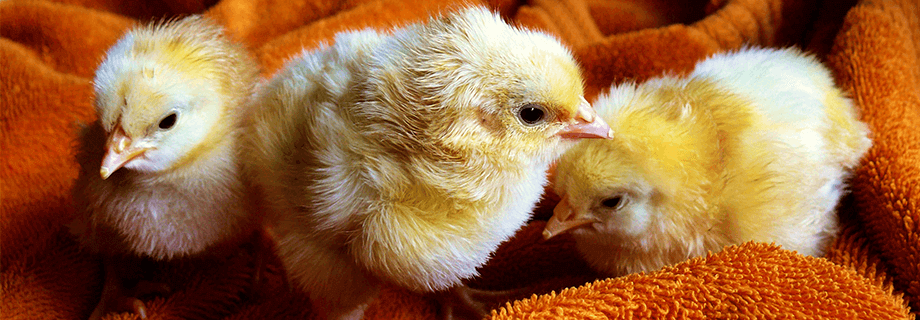Antibiotic-Free Chicken Production – the Chick-Fil-A Effect on Broiler Production

The fast food chain Chick-Fil-A announced that it would only serve chicken raised without the use of antibiotics within 5 years. Chick-Fil-A is the latest food company to change its production practices. Some of these emerging trends in food have been discussed on the Insta-Pro blog in the past.
Antibiotics have long been provided to commercially-raised poultry, almost always in the feed or water supply, at low levels. It was discovered that feeding antibiotics to broiler chickens resulted in growth promotion that could not be solely explained by nutrition. The effects of antibiotics on gut microbial populations are apparently at least part of how this works. Changes in intestinal structure are likely also involved, and are different with different antibiotics. It is probably a combination of effects that results in improved broiler performance.
One aspect of improved performance due to antibiotic use is uniformity. When antibiotics are fed, the body weights of the birds are closer together (less variable). This is important in an industry where large numbers of chickens are moved into facilities on the same day, fed for 6-7 weeks, and moved out together for processing. The less variation, the better.
For example, the research published by Miles et al. (2006) has shown this effect. Broilers were fed diets with one of two antibiotics, or without any. The standard error relative to the average body weight after 5 weeks of feeding is shown below. As each group had identical bird numbers, the data shows the relative variation in body weight.
As you can see in the graph above, antibiotic feeding (represented by the Bacitracin and Virginiamycin bars) resulted in more uniform body weights.
From the same study, antibiotic-fed birds had heavier live body weights (see above). The data at 7 weeks (not shown here) showed greater advantages with antibiotic feeding. This is interesting given the trend for heavier birds over the past few years.
To be sure, broiler producers will seek alternatives, such as probiotics, as they phase out antibiotic use. However, none of the alternatives have been studied as extensively as antibiotics have. Research on antibiotics in poultry production as far back as the 1950’s is referenced here.
What all of this indicates is that antibiotic-free broiler production will produce some level of uncertainty – less uniform and smaller body weights, both of which go against desires of the industry. So, what can be done?
The use of high-quality, consistently-processed ingredients in poultry diets will improve performance and consistency. Soybeans that have been extruded properly will reliably support broiler growth performance. For example, extruded, full-fat soy has been shown to maintain or enhance broiler performance when it replaced all solvent-extracted soybean meal in the diet. It is, therefore, important to work with a company with decades of experience in soybean processing – the know-how to consistently produce high-quality ingredients with their equipment. This will help to remove some of the uncertainty as broiler production evolves.





